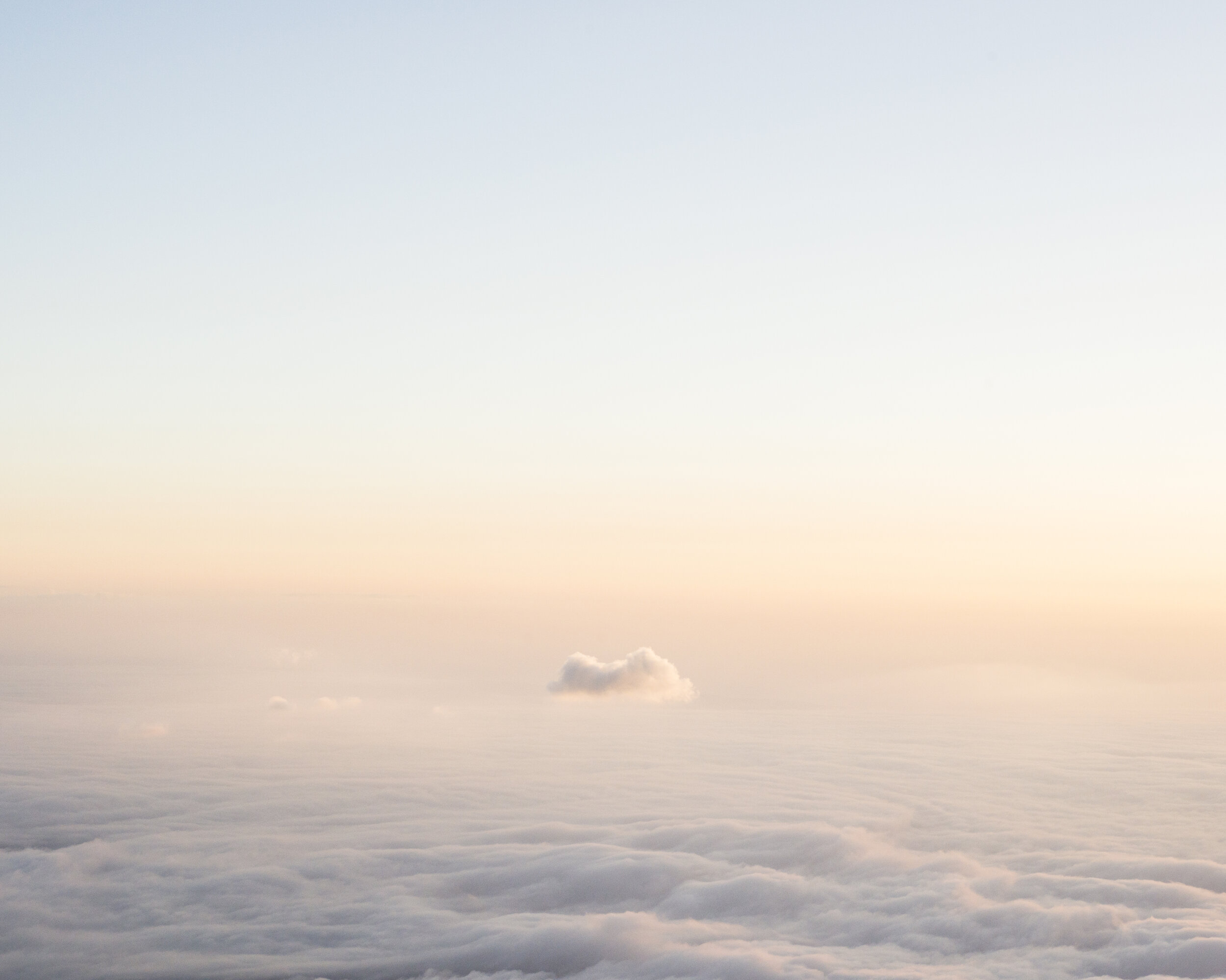Photography and catastrophe
Antonio Di Cecco in dialogue with the collections of the Photografic Files of the Kunsthistorisches Institut in Florence.
Starting from November 20, 2018
An online exhibition of the Kunsthistorisches Institut in Florence, curated by Carmen Belmonte, Elisabetta Scirocco and Gerhard Wolf
Press release [italian]
After the earthquakes that hit the territories of L'Aquila (2009), Emilia (2012) and central Italy (2016-2017), the KHI promoted research projects related to the recurrent phenomenon of natural disasters in the Italian Peninsula. This framework includes the collaboration with the photographer from L'Aquila, Antonio Di Cecco, who has been conducting visual investigations of post-earthquake scenarios for many years. During the last months, together with the curators of the online exhibition, he has been conducting a research in the collections of the Institute Photografic Files, in order to select among that historical material some photos, which could be compared with shots taken from his personal archive. This exhibition is the result of this creative dialogue between contemporary photography and historic archive. The main idea was in fact to reason, through photography, on the different levels of representation and sedimentation of the natural disaster, on the consequent transformation of the forms of natural and urban landscape, on the profound changes to places and ways of living and on damages to the historical monumental fabric and works of art.
Avoiding the pattern of the comparison between "before" and "after" the catastrophe, the exhibition creates a weave of shapes and contents between the selected shots, scaled on different chronologies and rarely dedicated to the same sites or monuments. Different types of natural catastrophes are inserted in the visual path, through geographic areas and diversified landscapes (with a focus on L'Aquila, Antonio Di Cecco’s hometown), in five thematic chapters. The widespread and frequent recurrence of catastrophic events in Italy is thus evident, especially earthquakes and other 'natural' events, without neglecting the complexity of these phenomena, also in connection with anthropogenic factors. At the same time, the shots on display recall the importance of historical knowledge and conservation practices for preventing destructive effects, and they allude to the difficulties related to emergency interventions, the restoration of cultural heritage, and the logic and practices of reconstruction. These themes develop in the dialogue between historical and contemporary photography, compared in the digital medium, also evoking materials and means of the photos and archives (with their boxes and cardboards), and concentrated, in Di Cecco's work, on spaces, places and environments: often with no human presence, but in a specific atmospheric setting, full of signs and subtly narrative, he refers with its own poetics to social spaces and realities, to collective memory and imagination.

